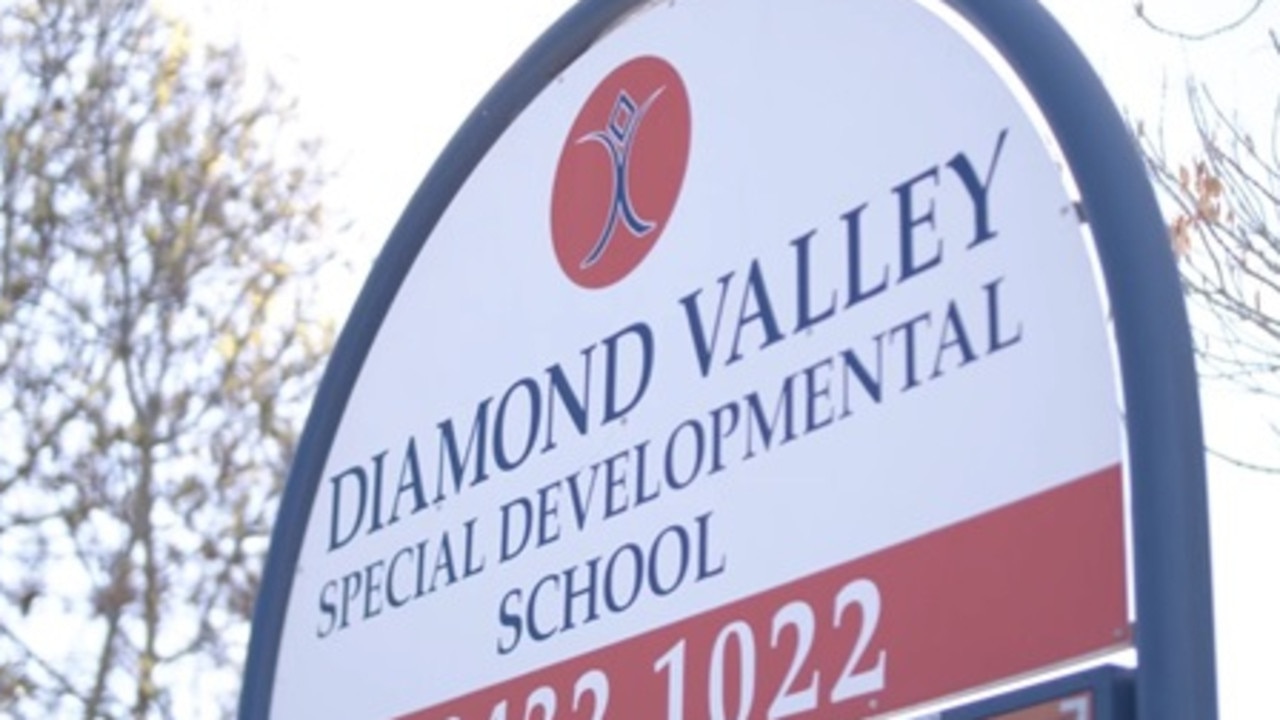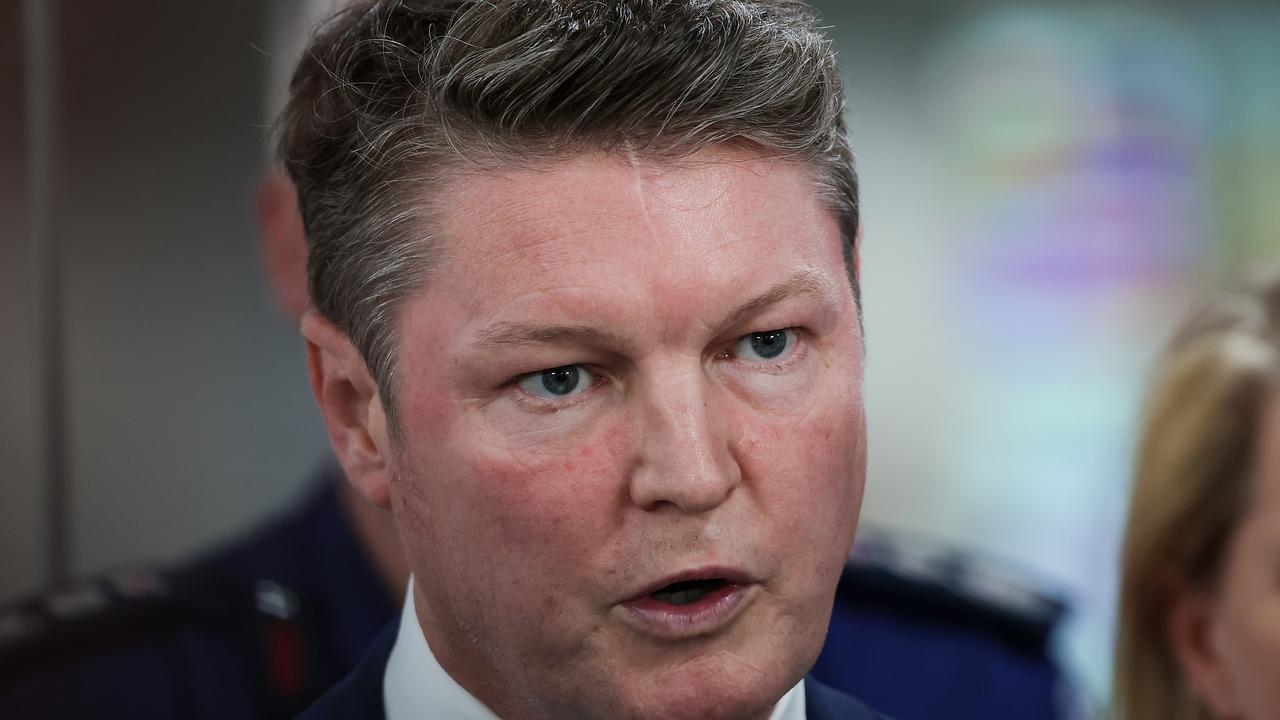Victorian parents to spend $100k to send kids to school
Victorian parents will have to fork out thousands more than their interstate counterparts to send their child to a government school.
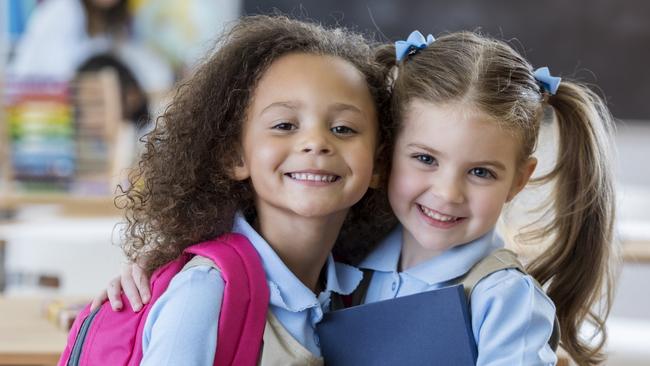
Education
Don't miss out on the headlines from Education. Followed categories will be added to My News.
Melbourne has cemented itself as the city with the most expensive public education in the country, with average costs spiking by more than $10,000 since last year.
Futurity Investment Group’s Cost of Education Index, released on Monday, has revealed that it will cost an average of $102,807 to send a child starting school this year to a government school from prep to year 12, which is 17 per cent above the $87,528 national average.
Last year, average fees in Melbourne totalled $88,906.
Despite being home to the country’s most expensive private school, Geelong Grammar, independent school costs in Melbourne were found to be the second most expensive in Australia, averaging $307,508, second to Sydney’s whopping $357,931.
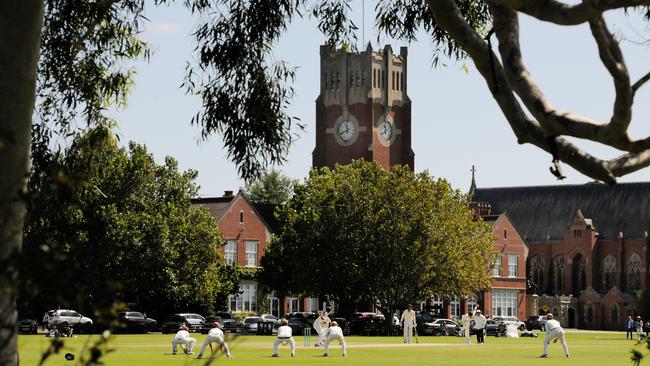
Tuition itself reportedly makes up just five per cent of overall costs for parents with students at state schools, who are slated to fork out four times more money on outside tutoring than school fees.
The index, which sampled more than 2000 Australian parents, showed extra costs were being piled on to base tuition fees, with electronic devices costing an average of $1013, while camps were about $300.
Meanwhile, Melbourne Catholic schools are among the most affordable in the country, at an average $184,399.
In stark contrast to the metropolitan area, public schools in regional Victoria were found to be among the most affordable in the country.
Futurity Investment Group executive Kate Hill said extra costs could be accruing for Melbourne parents at a faster rate than for families around the country because they were trying to make up for time spent remote learning during the pandemic lockdowns.
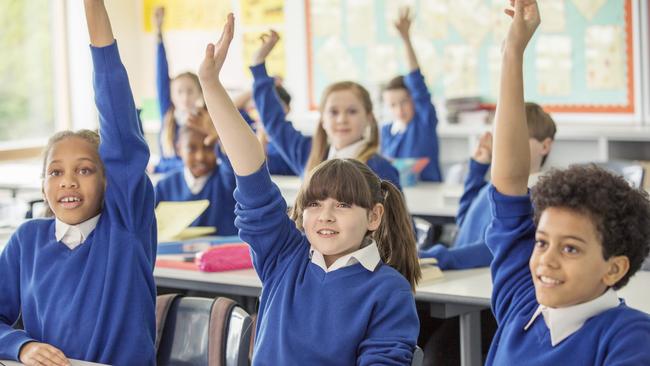
She said total education costs rising almost at double the rate of inflation over the past decade would cause more families to struggle to pay for their children’s education as freezes on school fees wind back in Victoria.
“School fees, outside tuition, school camps, transport, uniforms, electronic devices and sports equipment are demanding a far greater share of the family budget than in the past,” Ms Hill said.
“More than ever, the costs associated with education are placing more of a burden on Australian families, who are already stretched by the spiralling cost of living and rising interest rates.
Father-of-two Alan Rogers, whose son, Mitchell, will begin year 12 at Viewbank College this year, estimated spending about $80,000 on Mitchell’s public education, and said paying more than $100,000 to send a child to a state school was higher than what parents should pay for state schools.
“$100,000 is more than what you would expect for a student attending a government school, which is meant to offset some of the costs compared to a private school,” he said.
Mr Rogers said devices and textbooks drove up costs the most throughout his schooling.
“Instead of the average $337, we were touching closer to $500 or $600 each year for textbooks.”
Melbourne Archdiocese Catholic Schools (MACS) acting executive director Dr Edward Simons said Catholic school principals were “well aware” of the mounting cost of living pressures for families and worked to keep fees as low as possible.
“Where possible, Catholic schools also support families with second hand uniforms and other back to school equipment,” he said.
Education Minister Natalie Hutchins said government initiatives such as free school camps and State Schools Relief worked to ensure every child deserved access to high-quality education. “Our policy on parent payments is very clear, Schools must ensure students have free access to items and activities as required for the delivery of the Victorian Curriculum and financial contributions from parents are voluntary,” she said.




